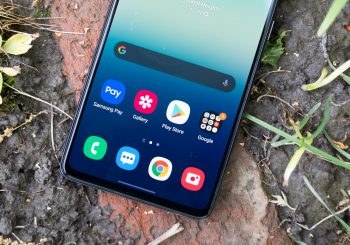
Samsung could be developing a 1,000 ppi display
Have you ever wondered why even in this day and age that most smartphone displays tend to max out of QHD or QHD+ resolution? I mean, 4K displays are already common on monitors and TVs, so why not smartphones too, right? There could be many reasons, like maybe it doesn’t make a difference after a certain point, but it seems that isn’t going to stop Samsung.
According to reports out of Korea, it seems that Samsung Display could be working on new display technology that would allow them to create OLED panels that would have a pixel density of 1,000 ppi.
To give you some context, most phone displays have a pixel density of around 400-500 ppi give or take, like the Samsung Galaxy S21 Ultra which has a pixel density of about 515 ppi. For those unfamiliar, pixel density refers to how many pixels are crammed into a display of a certain size, so a 1-inch display with a 720p resolution would have a higher density compared to a 6-inch display with the same resolution.
A higher density usually means that images and text would be sharper, but we have to ask, does it matter after a certain point? Can the human eye tell the difference beyond a certain pixel density?
In addition to crafting a display with a 1,000 ppi, the report goes on to claim that Samsung’s future display technology will also be about 10x faster than what’s currently available. It is possible that Samsung could be developing this technology for VR instead of smartphones, but given that this display tech is said to drop in 2024, we still have a bit of waiting to do.
Source: SamMobile